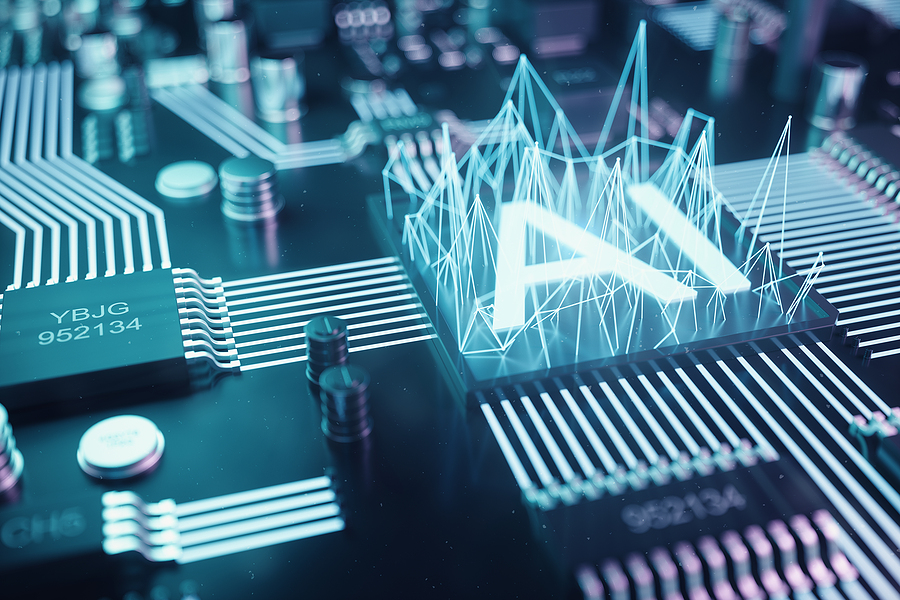Here’s what engineers need to know about using generative models in design.
Generative artificial intelligence (AI), also called GenAI, is at the forefront of the AI boom that began in the early 2020s. However, as with much of the field of artificial intelligence, the technology’s foundation is significantly older, dating back to Andrey Markov, the Russian mathematician who developed a stochastic process called a Markov chain for modeling natural language.
However, the theoretical foundations of generative AI date back to advances in statistics at the beginning of the 20th century.th Century, the technology that makes it possible is much younger. This combination of complex mathematics and novel technology tends to obscure the true capabilities of GenAI, leading to an underestimation or, more often, overestimation of its performance. Therefore, for engineers who are likely to see more and more evidence of generative artificial intelligence in the coming years, it is worth clarifying some basic questions.
What is the difference between generative AI and generative design?
Unfortunately, industry experts tend to use “generative design” and “generative AI” interchangeably, largely due to the current marketing hype surrounding artificial intelligence. However, there are important differences between these two terms, particularly in how their underlying mechanisms work.
Generative design uses parametric rules to define and execute a procedure through iteration. For example, when you create a structural brace using generative design, you must set the appropriate limits for materials, dimensions, etc. This creates different designs that can be further modified manually.
In contrast, generative AI uses statistical model weights for training and content generation. Using generative AI to create a load-bearing strut would mean training a model toward a defined goal using previous strut designs, resulting in one or more designs that would ideally combine the optimal features of previous efforts into something new.
At the time of writing, generative design is far more widely used in engineering than generative AI, which is most successful in the areas of natural language processing and digital content generation, primarily images and text. However, given the widespread interest and significant investment in generative AI across industries, it is likely that engineers will see more of it in their professional lives in the coming years.
How does generative AI work?
At its core, generative AI is about machine learning, more specifically the application of unsupervised or self-supervised learning to a dataset. In general, GenAI systems can be classified by their modality and whether they are unimodal (accept only one type of input, e.g. text) or multimodal (accept multiple types of input, e.g. images and text).
In each case, the system is trained on relevant examples in the appropriate modality – words, sentences, images, etc. – and given enough examples, the system eventually recognizes patterns that allow it to distinguish between examples and generate its own. In multimodal systems, these patterns contain correlations between the different modalities that allow the system to translate between them.
Originally, these results were generally achieved via a general adversarial network (GAN), where one model attempts to create new data based on its training data, while another attempts to distinguish the generated data from the real data. The better the first model performs, the closer the system’s outputs will be to the desired results.
More recently, Transformers have emerged as a popular alternative architecture to GANs. They are primarily used to process sequential data, such as in natural language processing, by using self-attention mechanisms to identify dependencies between elements throughout the sequence. This approach has proven to be significantly more scalable, leading to the rise of ChatGPT and related AI tools.
What can engineers do with generative AI?
As mentioned above, generative AI is much less likely to be practically useful for engineering compared to generative design, at least in the current state of GenAI. However, there are already examples of generative AI is used to automate part of the 3D modeling process by converting 2D images into 3D models. One example is NeROIC (Neural Rendering of Objects from Online Image Collections), which uses a neural network to generate 3D models from online images of common objects. Given the speed at which this technology seems to be evolving, it’s not hard to imagine a whole range of GenAI tools that could improve CAD workflows.
Another potential application for generative AI in engineering is the development of synthetic data for simulation and validation. The advantage of synthetic data is that it can provide an alternative to data generated by real-world events that may be rare and/or undesirable, such as natural disasters or catastrophic system failures. Of course, users must be aware of the potential for implicit bias and ensure that any synthetic data generated with GenAI is representative of the real-world data distribution.
As the technology continues to evolve and scale, many more use cases for generative AI in engineering are likely to emerge. Automatically generating documentation or code snippets and identifying anomalous patterns in production data for predictive maintenance and quality control are just some of the potential engineering applications for generative AI.

